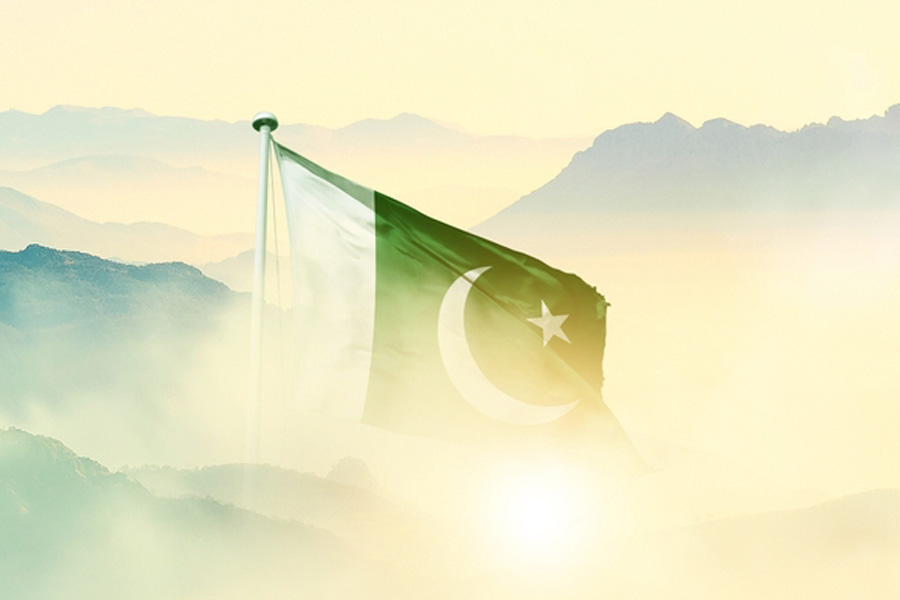A samosa has boldly gone where no jalebi, khakra or kachori has gone before. This deep-fried pastry — one of India’s favourite snacks — was launched into space by a restaurant-owner in Bath, England. Even though the high-flying snack plummeted back to earth — it crash-landed across the channel — this novel operation, it was hoped, would lighten up the mood in these dark times.
A careful examination of the history of savouries would reveal that food shares a symbiotic relationship with joy and wonder. For instance, the samosa, apart from being a space explorer, has also been a migrant. At a time when the ‘outsider’ is raising a tempest in Bengal’s tea cups, the Bengali, biting contently into a piping hot phulkopir shingara, would do well to remember that this beloved snack came from a land distant from Bengal and, indeed, India. The samosa originated in the Middle East, tracing its ancestry to the sanbusak, which, by the way, is also the forbear of the calzone of Italy, the coca of Catalonia and the empanada of Central America. Migrants travel in groups; so does food. The potato — can the samosa or the biryani be imagined without it? — began its journey from Latin America, hitching a ride with Portuguese sailors, to reach the subcontinent in the 17th century. Its good friend, the tomato — Italy cannot do without its pomodoro — originated in the Americas too. A study by the International Center for Tropical Agriculture has shown that about 69 per cent of all food supplied to and produced in any country is ‘foreign’. Yet, these edible travellers have been known to make competitors forgive and forget animosity. In spite of the Chinese intrusion, have Indians given up their chai? Even in the Age of Untruth, there is no doubt that China gifted tea to the world. The jet-setting samosa that is making Indians puff up with pride has also been voted Pakistan’s most popular food, along with other Indian dishes like halwa puri and paratha. Food and its journeys are, thus, the embodiment of umbilical cords that have survived geographical, political and cultural purgings.
This is not to suggest that fight over food among cultures is rare. Kimchi is a bone of contention between Japan and South Korea; Israel and Lebanon have frequently quarrelled over the hummus; closer to home, both Bengalis and Odias — their mouths drooling — have claimed ownership of the rosogolla. The animosity is understandable. Food serves as the imprimatur of indigenous — bona fide — identity. Yet, a grave new threat has gone unnoticed amidst these raging food wars. As the world gets smaller, food — its texture and smells — has begun to look and taste similar, thanks to the spreading tentacles of a globalized, but unimaginative, market. This industrial, mass-produced strain of refreshments is overwhelming distinct, often local, foods as well as the histories, myths, and stories of migrations embedded in them. Indigenous food — the original migrant — may well survive among pockets of migrant communities that continue to relive memories of what they have left behind through the morsels that survive.










